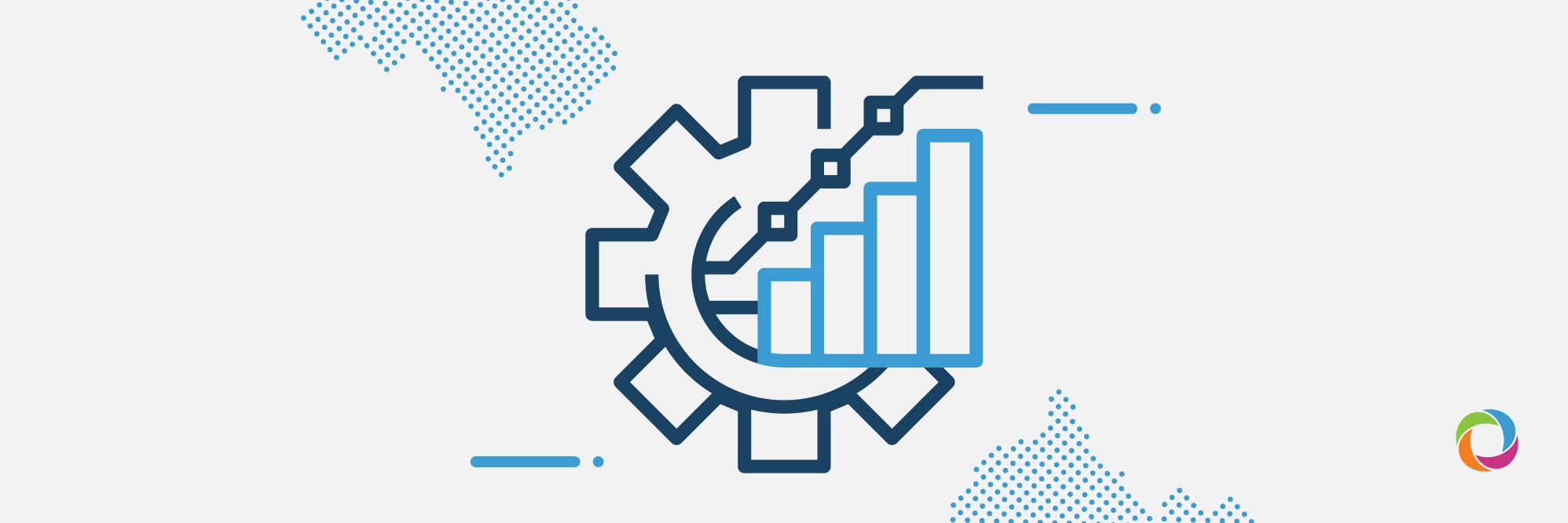By Will Dickson
The Center for Global Development has developed a system to comparatively measure the richest nations and the largest multilateral agencies on the quality and effectiveness of their Official Development Assistance (ODA). Having been implemented, the system shows that donors should work on improving partner ownership on development projects, as ownership is widely considered to be the most important factor in terms of long-term effectiveness.
The QuODA 2021 rankings were published on May 25th and six of the top 10 positions are held by multilateral agencies.
First place in the QuODA rankings goes to the International Fund for Agricultural Development (IFAD), with this United Nations agency doing well across all dimensions although IFAD did particularly well on Transparency and Untying. According to the Center for Global Development, “transparency in ODA enables providers and partners to understand and plan effectively … benefiting taxpayers and partner governments alike.” “Untying” in the title of the dimension refers to lifting requirements that ODA needs to be delivered through contractors linked to the donor country or agency shareholders. The existence of such contractor requirements has been described as a long-standing problem, one that reduces both the efficiency and effectiveness of ODA by excluding partners that may be better suited.
In second place is the African Development Fund (ADF) which scored particularly well on Ownership, a measure of “how well providers work with and through partner countries to promote domestic ownership and use of national systems.” The Ownership dimension is considered to be an essential part of long-term aid effectiveness and most of the top lenders that rank highly in the Ownership dimension are regional development banks.
The World Bank’s International Development Association (IDA) scored well across the board, ranking third overall. Compared to other multilateral agencies, IDA scored particularly well in the Evaluation dimension which is an important factor in delivering impactful aid because it assesses how well lenders can judge the effectiveness of their aid. This in turn measures their ability to adapt and thus maximize the impact of their ODA. This dimension is dominated by bilateral lenders because of the accountability to the taxpayers that lending nations require.
The Global Fund took fourth place overall in the QuODA rankings but ranked first in Prioritization by focusing funding on reducing poverty in countries that receive the least assistance. As a criteria to determine QuODA, Prioritization “measures how well allocations are targeted to respond to long-term development challenges.” Multilateral agencies greatly outperformed national funds in Prioritization although Ireland and Belgium did rank quite well by giving priority to fragile and under-aided countries.
The Global Alliance for Vaccines and Immunization came in fifth, scoring extremely well on both Prioritization and Transparency & Untying. Next comes Sweden, the highest-ranking bilateral agency on the list, and the first ranked lender in Evaluation. At number seven comes the United Nations Development Programme which scored particularly high in Prioritization.
The bilateral agencies of Finland, Denmark, and Canada complete the top 10 lenders in the QuODA rankings with Canada ranking third out of all agencies in Transparency & Untying. Scandinavian and Northern European countries such as Sweden, Finland, and Denmark have done particularly well, providing large quantities of aid with a high level of effectiveness. These countries have helped to establish a correlation meaning that the quality of ODA rises with quantity. However, “the largest providers of aid – the US, Germany and the UK– rank 35th, 28th, and 16th, respectively.”
The Center for Global Development concludes that agencies across the board should work on improving partner ownership on development projects, as ownership is widely considered to be the most important factor when it comes to long-term effectiveness.

